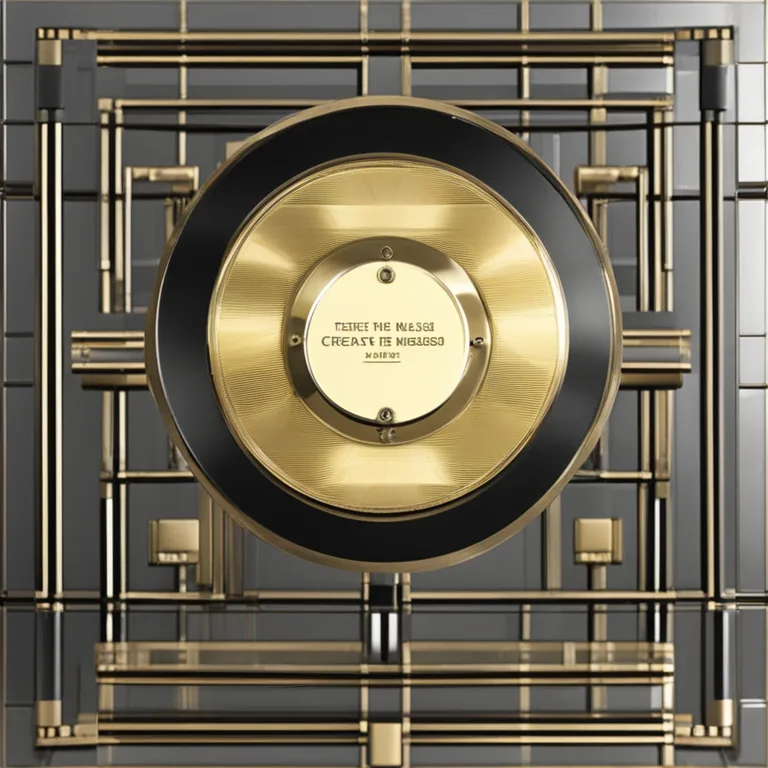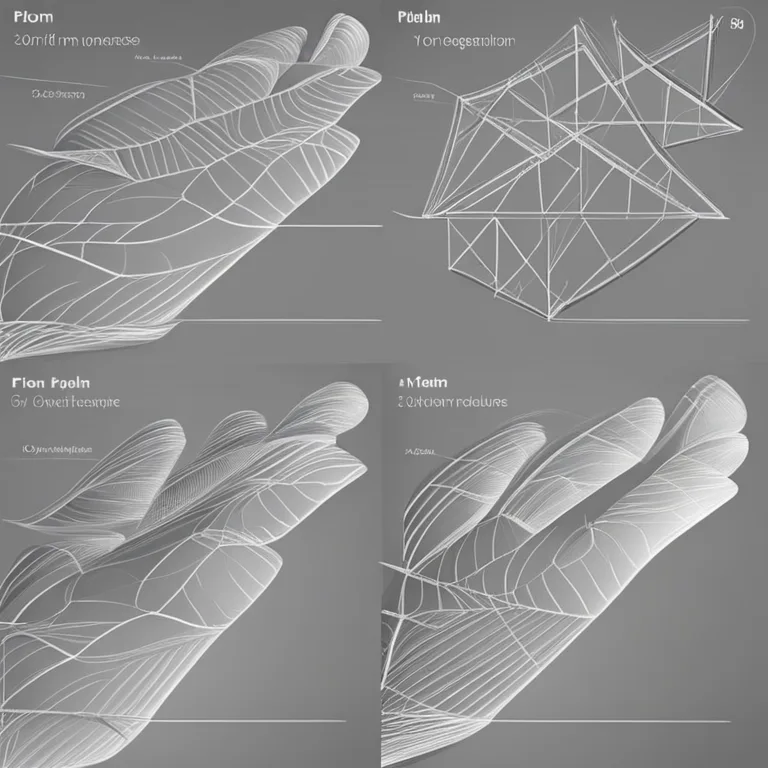
The Formation of Palm Lines: A Mystery Beneath Your Skin
Delve into the intriguing world of palmistry and discover the science behind the formation of palm lines on your hands.
article by Nora Pennington
Introduction to Palm Lines
Human palms are a source of endless fascination, revealing a map that some believe can chart our past, present, and future. The intricate lines etched upon the skin are more than mere creases; they are a story being silently told. But how do these enigmatic lines form? The genesis of palm lines, or palmar flexion creases, is an interplay of genetic factors and movements within the womb. As a fetus develops, its hands clench and unclench, guiding the formation of these distinctive grooves. This natural process is vital for hand flexibility, allowing the skin to stretch and compress without damage.

Genetic Influences
The intricate network beneath the skin plays a significant role in the lines we see. Genetics determines the predisposition of our skin to form certain patterns. Research has shown that familial traits can influence the complexity of one's palm lines. Although everyone's palmar lines are unique, patterns may be discernible across generations, suggesting a hereditary component to their formation. However, despite genetic similarities, individual experiences and external factors ensure that no two palms are exactly the same.

In Utero Development
The formation of palm lines begins well before birth. In the controlled environment of the womb, a fetus experiences movements that are critical to development. The repeated motion of hand opening and closing contributes to the formation of these lines, which serve as stress points for the bending of the palm. As early as the twelfth week of gestation, primary creases begin to form, laying down the foundations of what will become the life line, heart line, and head line so familiar in palmistry studies.

The Role of Flexion
Flexion movements are pivotal in creating the deep lines that characterize our palms. Each time a baby flexes its hand, stress is applied to the developing dermal layers, reinforcing and deepening certain folds. This occurs countless times before birth, with crease patterns usually solidified by the sixth month of pregnancy. These palmar folds are not mere reflections of use but are fundamentally designed to accommodate the diverse range of hand movements we perform throughout life.

Environmental and Lifestyle Factors
While genetics and prenatal development lay the groundwork, environmental and lifestyle factors post-birth can also affect the appearance of palm lines. Repetitive use of the hands, the type of work one does, and even injuries can alter the original patterns. As hands are integral to human interaction with the world, they continue to adapt, and hence, the lines may deepen or change slightly over time. This dynamic relationship between nature and nurture is what makes the study of palm lines a perpetually evolving field.
Scientific Perspective vs. Palmistry
Scientists approach palm lines as unique identifiers, much like fingerprints. These creases are not imprints of destiny but rather reflections of biological processes. Contrastingly, palmistry assigns profound meanings to these lines, viewing them as indicators of personality traits, life paths, and even physical health. While science may not support the predictive nature ascribed to palm lines by palmists, the fascination with these marks transcends empirical data, persevering as a cultural and spiritual fixture.
Published: 1/5/2024
Modified: 1/5/2024
More predictions
Come back here soon to learn more about yourself and your future


The Essence of Palmistry: A Modern Guide
Delve into the modern practice of Palmistry: understanding the lines and shapes of your hands to reveal insights about your personality and future.


The Essence of Palmistry: A Guide to Hand Analysis
Delve into the world of palmistry, the ancient practice of interpreting palms to reveal personal insights and future paths.


The Sun Line: A Ray of Personal Brilliance
Discover the significance of the Sun Line on your palm and its implications for fame, success, and creativity in palmistry practices.